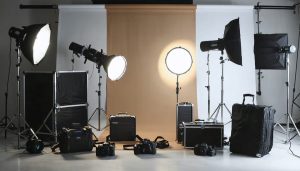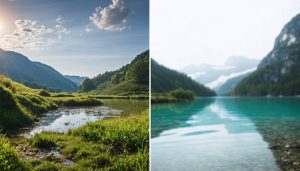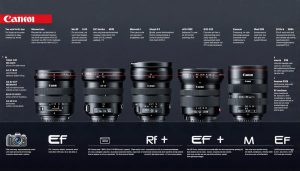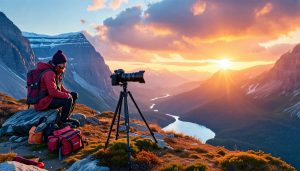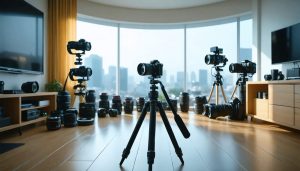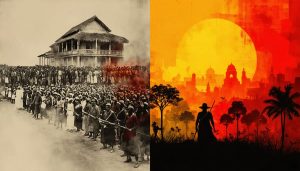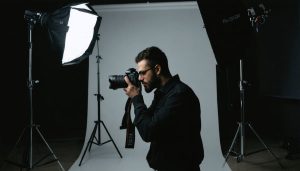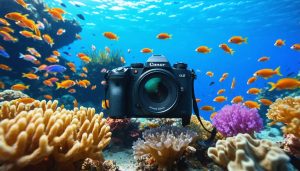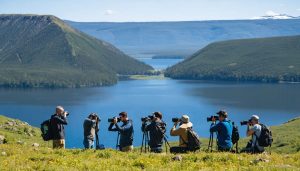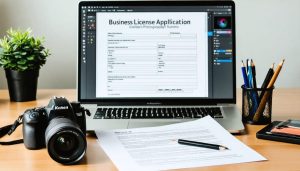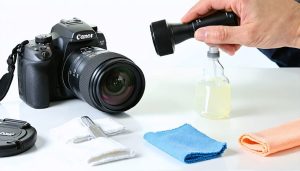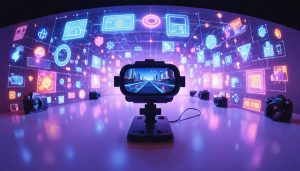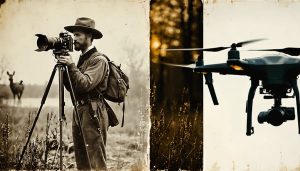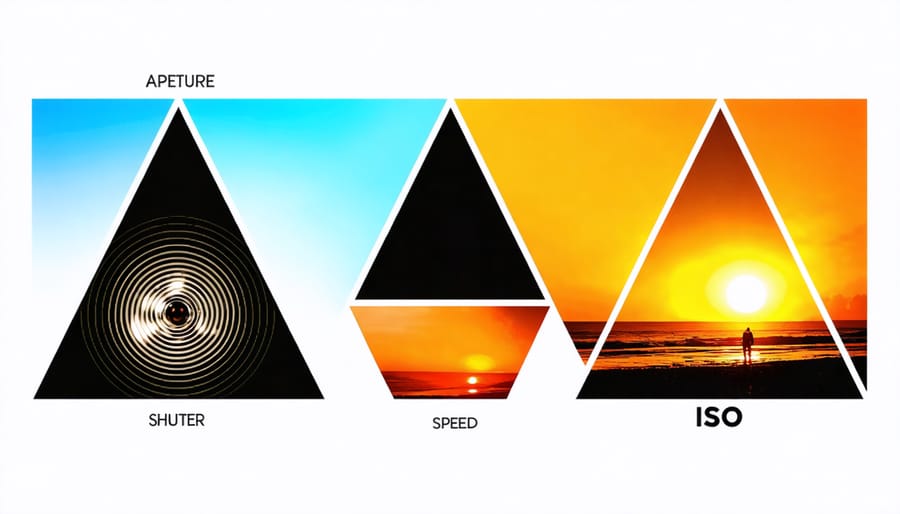
Pick up an entry-level DSLR or mirrorless camera and master its basic functions before investing in expensive gear. Photography begins with understanding three fundamental elements: aperture, shutter speed, and ISO – known as the exposure triangle. These core settings control how light enters your camera and shapes your images.
Start with your camera’s automatic mode to build confidence, then gradually transition to manual settings as you learn how each adjustment affects your photos. Join local photography groups, follow established photographers on social media, and practice daily with whatever camera you have – even a smartphone. The best photographers aren’t defined by their equipment but by their ability to see and capture compelling moments.
Learning photography isn’t about memorizing technical specs or buying the latest gear. It’s about developing your eye, understanding light, and creating images that tell stories. Whether you dream of shooting landscapes, portraits, or street photography, the journey starts with these basics and grows through consistent practice and experimentation.
Note: This introduction combines practical advice with encouragement, addressing both the technical and artistic aspects of photography while maintaining an accessible tone for beginners.
Essential Camera Gear for Your Photography Journey
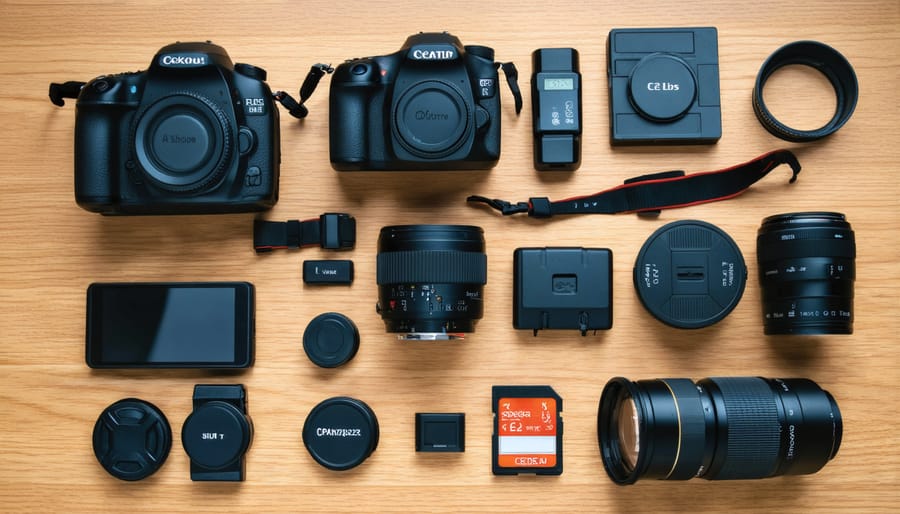
Choosing Your First Camera
When it comes to choosing the perfect camera, you’ll typically encounter three main options as a beginner: DSLR cameras, mirrorless cameras, and advanced point-and-shoots. Each has its own strengths and considerations worth exploring.
Entry-level DSLRs, like the Canon Rebel series or Nikon D3500, offer excellent image quality and the ability to swap lenses. They’re built with comfortable grips and have optical viewfinders that show you exactly what you’re shooting in real-time. While they’re slightly bulkier, their battery life is typically superior to other options.
Mirrorless cameras have become increasingly popular, and for good reason. Models like the Sony a6100 or Fujifilm X-T200 pack similar image quality to DSLRs in more compact bodies. They offer the advantage of seeing your exposure settings in real-time through the electronic viewfinder, making them particularly beginner-friendly. However, they generally have shorter battery life and can be more expensive.
Advanced point-and-shoots, such as the Sony RX100 series or Canon G7X, offer a perfect middle ground. These cameras feature larger sensors than typical compact cameras, manual controls, and excellent image quality, all in a pocket-sized package. While you can’t change lenses, their built-in zoom range is usually sufficient for most beginning photographers.
For most beginners, I recommend starting with an entry-level mirrorless camera or DSLR. These options provide room for growth as your skills develop, and their interchangeable lens systems allow you to expand your creative possibilities. Whatever you choose, remember that the best camera is the one that you’ll actually use and learn with.
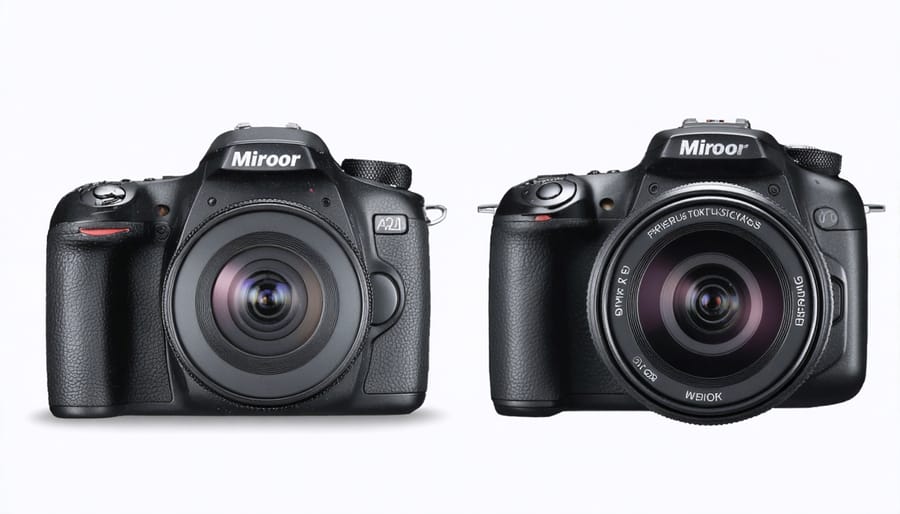
Basic Lens Selection
When starting your photography journey, choosing the right lens is crucial but doesn’t need to be overwhelming. Let’s focus on two essential lenses that can serve you well as you develop your skills. Understanding the basic prime and zoom lens options will help you make an informed decision.
For beginners, a standard zoom lens (typically 18-55mm for crop sensors or 24-70mm for full-frame cameras) is an excellent starting point. This versatile lens covers most everyday shooting situations, from landscapes to portraits, making it perfect for learning composition and basic techniques. It’s often included as a kit lens with entry-level cameras for good reason.
Consider adding a 50mm prime lens (often called a “nifty fifty”) as your second lens. Despite its fixed focal length, this affordable lens offers excellent image quality and a wide maximum aperture, usually f/1.8, perfect for low-light situations and creating beautiful background blur. It’s also lightweight and compact, making it ideal for travel and street photography.
Remember, it’s better to master a couple of versatile lenses than to get overwhelmed with too many options early on. These two lens types will give you plenty of creative possibilities while you develop your photographic eye and technical skills.
Essential Accessories
While having a good camera is crucial, your photography journey won’t be complete without a few essential photography accessories. Start with high-quality memory cards – invest in at least two cards with sufficient storage capacity and fast write speeds. Don’t skimp on these, as they’re responsible for safely storing your precious images.
Extra batteries are non-negotiable – there’s nothing worse than running out of power during a shoot. Keep at least one fully-charged spare battery in your bag at all times. Speaking of bags, a proper camera bag is vital for protecting your equipment. Look for one with adequate padding, weather resistance, and comfortable straps.
Consider adding a basic lens cleaning kit to maintain your gear’s optimal performance. A sturdy tripod can be invaluable for sharp images in low light or when experimenting with long exposures. Finally, don’t forget about storage solutions for your home – external hard drives or cloud storage subscriptions will help keep your growing collection of photos safe and organized.
Building Your Kit Without Breaking the Bank
New vs. Used Equipment
When starting your photography journey, one of the biggest decisions you’ll face is whether to buy new or used equipment. Both options have their merits, and understanding the pros and cons can help you make an informed choice that suits your budget and needs.
New equipment offers several advantages. You’ll get a manufacturer’s warranty, ensuring peace of mind if anything goes wrong. The latest models feature cutting-edge technology and improved performance, which can enhance your learning experience. You’ll also receive official support and access to the most recent firmware updates. However, new gear comes at a premium price, and its value depreciates significantly once you start using it.
Used equipment, on the other hand, can offer exceptional value for money. Many photographers have successfully started with second-hand cameras and lenses, often getting higher-end models at the price of entry-level new gear. Professional-grade equipment that might be out of reach when new becomes more accessible on the used market. Additionally, since cameras and lenses can last for many years when properly cared for, buying used doesn’t necessarily mean compromising on quality.
However, purchasing used gear requires careful consideration. Always buy from reputable sellers or established camera stores that offer returns policies. Check for any signs of damage, test the equipment thoroughly if possible, and verify the shutter count on cameras. Be particularly cautious with electronic components and watch out for sensor damage or lens fungus.
For beginners, a smart approach might be to start with a used camera body and invest in new lenses, as quality glass tends to retain its value and performance longer than camera bodies.
Where to Buy Your Gear
When it comes to purchasing your first photography gear, there are several reliable options to consider. Established camera retailers like B&H Photo, Adorama, and KEH Camera offer extensive selections of both new and used equipment, along with excellent customer service and return policies. These retailers frequently provide educational resources and detailed product descriptions to help you make informed decisions.
For those on a budget, the used market presents fantastic opportunities. KEH Camera specializes in used equipment and grades their items transparently, while MPB offers a similar service with competitive prices. Both platforms thoroughly test their equipment before selling, providing peace of mind for buyers.
Local camera shops, though sometimes slightly more expensive, offer invaluable hands-on experience with equipment before purchase. They often provide personalized advice and after-sales support that online retailers can’t match. Many also offer repair services and photography classes, making them excellent long-term resources for developing photographers.
Amazon can be a viable option, but exercise caution and stick to items sold directly by Amazon or authorized retailers. Be wary of deals that seem too good to be true, as counterfeit photography equipment is unfortunately common on marketplace platforms.
For accessories like filters, camera bags, and tripods, retailers like Moment and Peak Design offer innovative, high-quality products designed specifically for photographers. Remember to factor in warranty coverage and return policies when making your purchase decisions, especially for expensive items like cameras and lenses.
If you’re just starting out, consider renting equipment first through services like LensRentals or BorrowLenses. This allows you to test different gear before making significant investments and helps you understand what features matter most for your photography style.
Getting Started With Your New Equipment
Basic Camera Settings
Getting started with your camera’s basic settings doesn’t have to be overwhelming. While understanding camera settings takes time, focusing on these fundamental controls will help you build a strong foundation.
First, familiarize yourself with your camera’s exposure triangle: aperture, shutter speed, and ISO. Aperture (f-stop) controls depth of field and how much light enters your camera. Lower f-numbers like f/1.8 create beautiful background blur, while higher numbers like f/16 keep more of your scene in focus. Shutter speed determines how long your sensor is exposed to light, affecting motion blur and freeze action. ISO represents your camera’s light sensitivity – keep it as low as possible to maintain image quality.
Start by using these semi-automatic modes:
Aperture Priority (A or Av): You control the aperture while the camera handles shutter speed. Perfect for portraits and landscapes where controlling depth of field matters most.
Shutter Priority (S or Tv): You set the shutter speed while the camera manages aperture. Ideal for sports, wildlife, or any moving subjects.
Program Mode (P): A step up from Auto, giving you control over ISO and exposure compensation while the camera balances aperture and shutter speed.
Focus on mastering one mode at a time. Practice adjusting your camera’s exposure compensation when images appear too bright or dark. Learn to read your histogram – it’s your best friend for ensuring proper exposure.
Remember to set your focus mode (Single or Continuous AF for moving subjects) and metering mode (evaluative/matrix for most situations). While Auto White Balance works well in many situations, learning to adjust it manually will help you capture more accurate colors.
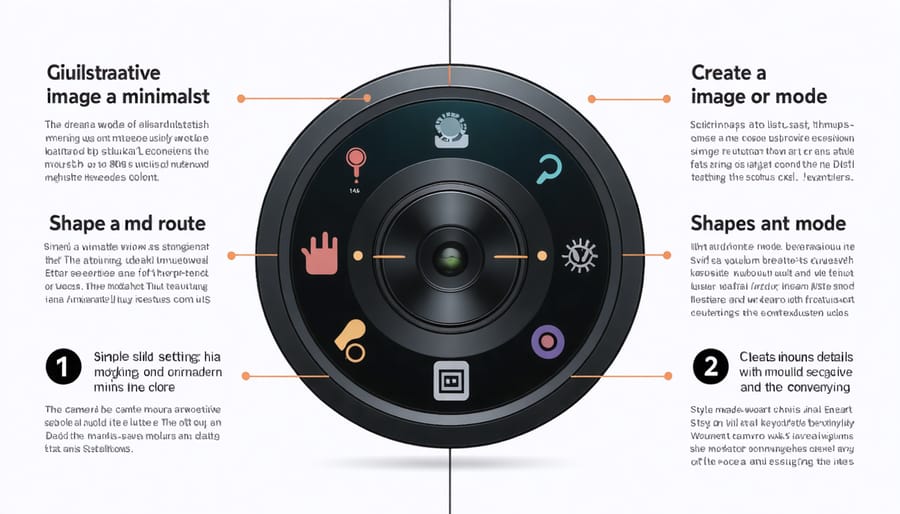
Care and Maintenance
Proper care and maintenance of your photography equipment is essential for ensuring its longevity and optimal performance. Start by investing in a quality camera bag that provides adequate protection and organization for your gear. Keep your equipment in a cool, dry place when not in use, as moisture and extreme temperatures can damage sensitive electronics.
Clean your camera’s body regularly with a soft, lint-free cloth. For the lens, use a lens cleaning kit that includes a blower, brush, and microfiber cloth. Always start with the blower to remove loose particles, then use the brush for stubborn debris, and finally, clean the glass surface with the microfiber cloth using gentle circular motions.
Battery maintenance is crucial – keep spare batteries charged and store them in a cool place. For memory cards, format them in-camera regularly rather than simply deleting images, and always safely eject them from your computer after file transfers.
Protect your lens with a UV filter, which acts as a sacrificial barrier against scratches and impacts. When changing lenses, do so quickly and in a clean environment to prevent dust from entering the camera body. Point the camera downward during lens changes to minimize dust settling on the sensor.
Consider getting your camera professionally cleaned and serviced once a year, especially if you shoot frequently or in challenging conditions. Create a maintenance schedule and stick to it – regular care prevents costly repairs and ensures your equipment is always ready when inspiration strikes.
Store your gear with silica gel packets to absorb moisture, and never leave equipment in a hot car or direct sunlight for extended periods. These simple habits will help preserve your investment and keep your photography journey running smoothly.
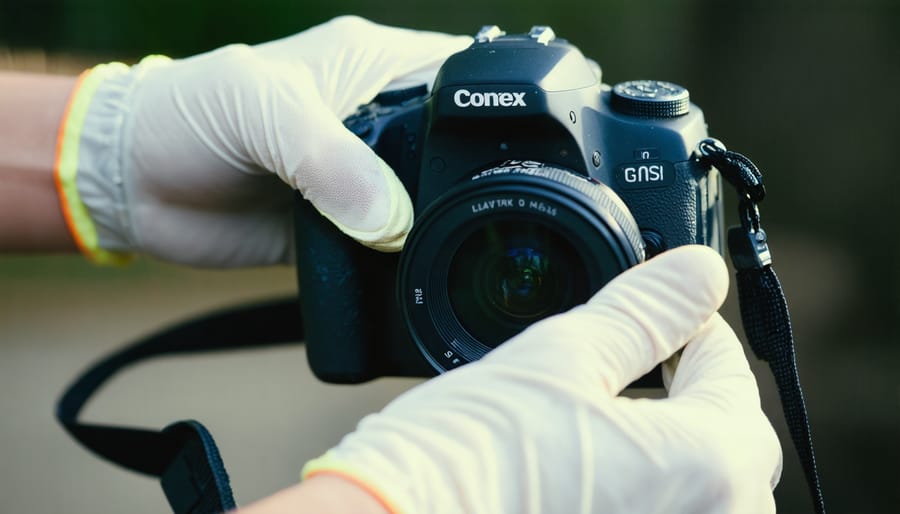
First Practice Sessions
Once you have your camera in hand, it’s time to start practicing! Begin in a familiar environment, like your home or backyard, where you can concentrate without distractions. First, familiarize yourself with your camera’s basic controls and learn proper camera handling techniques to ensure sharp, steady shots.
Start with simple subjects that won’t move or change – houseplants, furniture, or architectural details make excellent first subjects. This allows you to focus on mastering your camera settings without the pressure of a fleeting moment. Experiment with different angles and perspectives of the same subject to understand how position affects your images.
Try this basic exercise: Take 20 photos of a single object, changing one setting each time. Start in auto mode, then gradually experiment with aperture, shutter speed, and ISO. Review each image on your camera’s LCD screen, noting the differences between shots. Pay attention to how changing these settings affects the final image.
Light is your best teacher in these early sessions. Practice during different times of day – morning, noon, and evening – to observe how natural light changes your subjects. Start with window light indoors, which provides soft, manageable illumination perfect for learning.
Don’t worry about creating masterpieces just yet. These practice sessions are about building muscle memory with your camera controls and developing an eye for composition. Keep a simple photo diary noting what worked, what didn’t, and why. This reflection will accelerate your learning and help you identify areas for improvement.
Next Steps in Your Photography Journey
As you become more comfortable with your camera and basic techniques, it’s natural to wonder about your next steps in photography. The key is to progress gradually, focusing on mastering one skill at a time rather than trying to learn everything at once.
Start by identifying the type of photography that most interests you. Whether it’s portraits, landscapes, street photography, or macro work, specializing in one area will help guide your learning path and future gear investments. Join local photography groups or online communities where you can share your work and learn from others’ experiences.
Consider enrolling in intermediate photography courses or workshops that focus on specific techniques. These structured learning environments can help you refine your skills and introduce you to advanced concepts like studio lighting, advanced composition, or post-processing techniques.
As your skills grow, you might want to expand your gear collection. However, resist the urge to buy expensive equipment immediately. Instead, rent different lenses or accessories first to determine what truly adds value to your photography style. When you’re ready to invest, prioritize quality glass (lenses) over upgrading your camera body, as good lenses often have a more significant impact on image quality.
Develop a consistent editing workflow and learn to use professional editing software. While smartphone apps are great for beginners, programs like Adobe Lightroom or Capture One will give you more control over your final images and help develop your unique style.
Consider creating a photography portfolio website or Instagram account to showcase your work. This not only helps track your progress but can also lead to networking opportunities and potential client work if you’re interested in pursuing photography professionally.
Remember, photography is a journey of continuous learning. Even professional photographers constantly evolve and adapt their techniques. Stay curious, experiment often, and don’t be afraid to make mistakes – they’re valuable learning opportunities that will help shape your photographic voice.
Photography is a journey of continuous learning and creative growth, and now you have the fundamental knowledge to begin your adventure. Remember, starting with basic equipment and mastering manual settings will build a strong foundation for your skills. Don’t feel pressured to buy expensive gear right away – focus on understanding composition, lighting, and camera basics first. Practice regularly, join photography communities, and don’t be afraid to experiment with different styles and subjects. Every professional photographer started exactly where you are now, and many achieved remarkable results with entry-level equipment. Take your time to explore each aspect of photography at your own pace, learn from your mistakes, and most importantly, enjoy the process of capturing moments and telling stories through your lens. Your photography journey starts now – grab your camera and start shooting!

